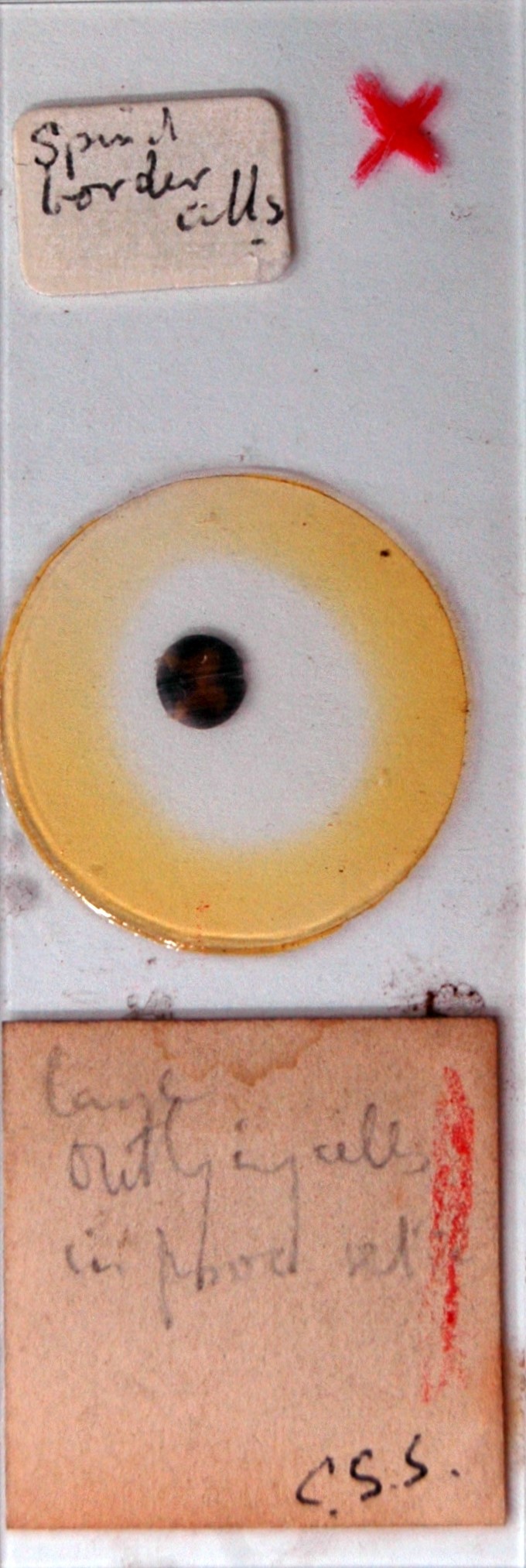
Bi-directional links between images and the index of structures are provided. Images can be inspected with a graphical overlay of selected subregions.
#Zoomify neurons series#
The atlas application consists of an interactive image viewer with high-resolution images of an extensive series of sections stained for NeuN, calbindin, and parvalbumin, and an index of structures with detailed descriptions of the criteria used to define the boundaries. To address this issue, we have developed a web-based atlas application in which images of histological sections are integrated with new and up-to-date criteria for subdividing the rat hippocampus formation, fasciola, and associated parahippocampal regions. An overview of both anatomical features and criteria used to delineate boundaries is required to assign location to experimental material from the hippocampal region. Published atlases of the rat brain typically lack the underlying histological criteria necessary to identify boundaries, and textbooks descriptions of the region are often inadequately illustrated and thus difficult to relate to experimental data. The region is complex, consisting of multiple subdivisions that are challenging to delineate anatomically. The pelvic bones display hypoplastic iliac wings with malformation and non-ossification of the pubic bones, and characteristic triple-pronged acetabula.The rat hippocampal region is frequently studied in relation to learning and memory processes and brain diseases. The ribcage itself is strikingly narrow note the distended abdomen in gross images. The ribs are quite short with pronounced posterior scalloping and wide, cupped costochondral junctions. The metatarsals are short and curved, and the phalanges are short and bullet shaped, another feature of FGFR3 mutations. Note the straight “ice cream cone” femurs with lateral metaphyseal spurs, a distinguishing feature of TD type II. The long bones are short, straight, and thick, with flared and cupped metaphyses. The vertebral bodies are rounded and display severe platyspondyly, with abnormally straight pedicles, a notable feature of FGFR3 pathologies. The brain displays characteristic malformations of thanatophoric dwarfism, with prominent radially directed folds in both the inferior and medial temporal lobes. Note the bulging forehead with marked frontal bossing in gross images. In this case, there is severe megacephaly and megalencephaly, along with severe cranyosynostosis, manifested as cloverleaf skull. Type II is differentiated by the presence of cloverleaf skull (due to craniosynostosis), more severe brain abnormality, and straight tubular bones. The disease is characterized by pronounced micromelemia and a narrow thoracic cage with normal trunk length and macrencephaly. This has a pro-apoptotic effect on chondrocytes, resulting in premature ossification and hypoplasia of the fetal cartilaginous skeleton, and a pro-mitotic effect on neurons, resulting in macrencephaly and other brain abnormalities. A single nucleotide polymorphism results in an FGFR3 receptor that is locked in a metastable ligand-independent active form, causing hyperactivity of the cytoplasmic tyrosine-kinase domain.

Thanataphoric Dysplasia (TD) type II is a rare autosomal dominant inherited skeletal dysplasia affecting the gene FGFR3. The main image is a radiograph (see related content) this image shows a lateral view of the head.


 0 kommentar(er)
0 kommentar(er)
